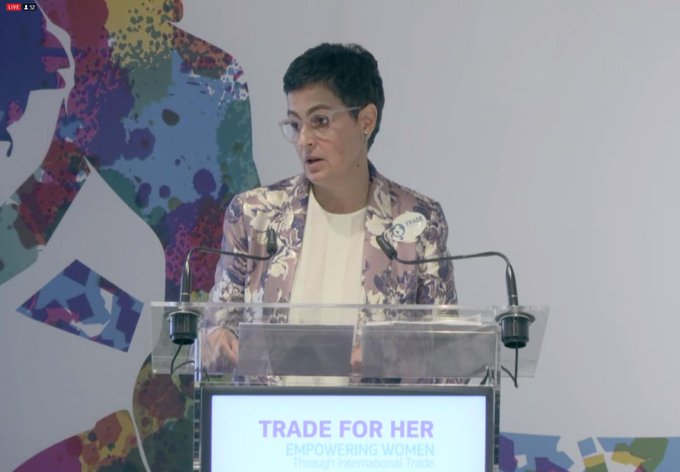Only 20% of European Union exporting companies are owned, led or managed by women.
(Brussels-Geneva) – Women are under-represented among companies in agriculture and manufacturing sectors engaged in external European Union trade and women-led companies are mostly found in sectors with lower export growth potential. These are some of the findings of From Europe to the World: Understanding Challenges for European Businesswomen, a study released today by the European Commission and the International Trade Centre.
The study finds that only one in five exporting companies in the EU is owned, led or managed by a woman and, among close to half of companies surveyed, women account for 30% or less of the total workforce. Only one in five companies reaches gender parity in employment. It also suggests that job segregation remains a reality: fewer than one in three companies reaching at least 30% of women in senior executive positions.
Women-led companies tend to be smaller and concentrated in industries with lower export growth potential such as the clothing and textiles sector. From Europe to the World suggests that size and industry concentration drive patterns of inequality, for example, in dealing with non-tariff measures or entering government procurement markets outside the European Union. Irrespective of company size or industry, women-led firms are at a disadvantage when seeking access to skills, finance from commercial banks, and business networks.
The study also identifies some good news: when women lead, they tend to open opportunities for other women. European companies led by women are more likely to employ other women in senior positions as well as employ more women across the business.
From Europe to the World: Understanding Challenges for European Businesswomen also provides recommendations to European policymakers and businesses on ensuring greater participation of women in international trade.
The study suggests that while interventions should target small and medium-sized enterprises more broadly, particular attention should also be made to ensure that women are enabled to benefit from such opportunities, including access to skills, funding from commercial banks, and business networks. Higher women’s industry representation and participation in consultation processes would help secure that issues faced by women-led companies are shared with policymakers. The study notes that this also calls for women entrepreneurs to organize themselves better at the EU-level to ensure their voice is heard.
Promoting the entry of women in employment, business ownership and management – in general and in high-export sectors – is likely to have the biggest impact on reducing gender disparities in extra-EU trade. The study suggests that most interventions required are domestic policies and go beyond trade policy, including social, labour and education policies.
The study also recommends that trade policymakers be part of the solution. For example, by supporting the participation of women in trade through platforms provided by free trade agreements (FTAs) or through cooperation at the multilateral level. This cooperation could involve the sharing of best practices, promoting access to information and networking opportunities, and improving the collection and analysis of gender-disaggregated data (issues already covered in recent FTAs). It also suggests that trade promotion agencies play a greater role in providing targeted support to help more women-led companies enter and grow in extra-EU trade.






